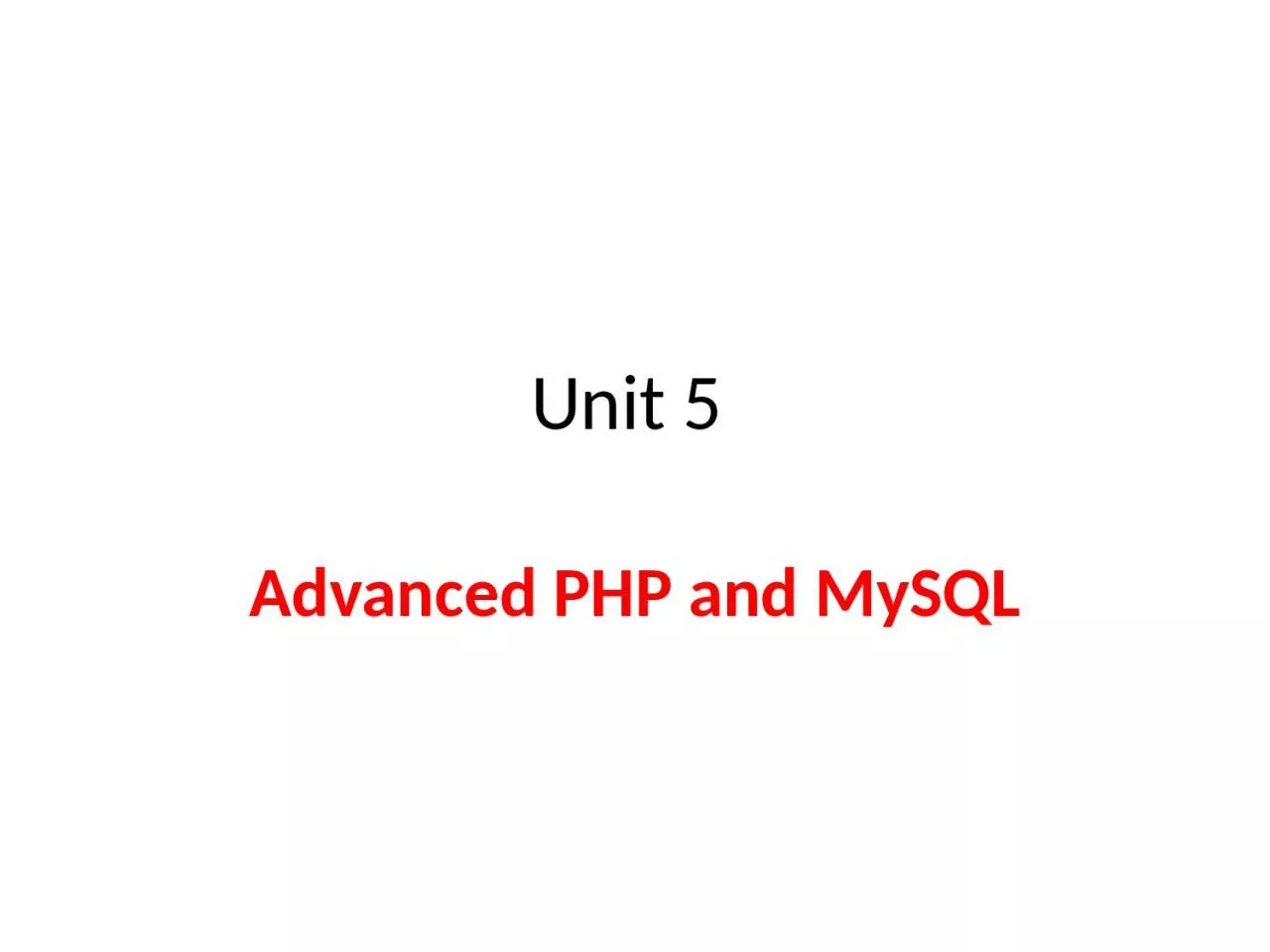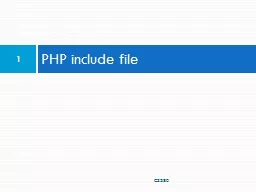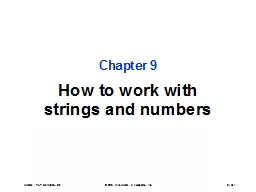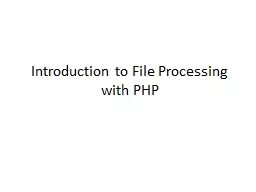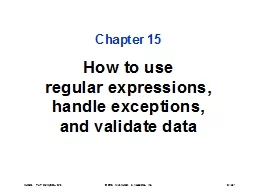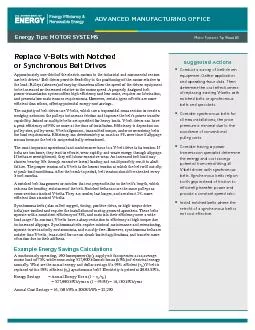PPT-Unit 5 Advanced PHP and
Author : pamela | Published Date : 2023-09-18
MySQL What is Data Data is a collection of a distinct small unit of information It can be used in a variety of forms like text numbers media bytes etc it can be
Presentation Embed Code
Download Presentation
Download Presentation The PPT/PDF document "Unit 5 Advanced PHP and" is the property of its rightful owner. Permission is granted to download and print the materials on this website for personal, non-commercial use only, and to display it on your personal computer provided you do not modify the materials and that you retain all copyright notices contained in the materials. By downloading content from our website, you accept the terms of this agreement.
Unit 5 Advanced PHP and: Transcript
Download Rules Of Document
"Unit 5 Advanced PHP and"The content belongs to its owner. You may download and print it for personal use, without modification, and keep all copyright notices. By downloading, you agree to these terms.
Related Documents

